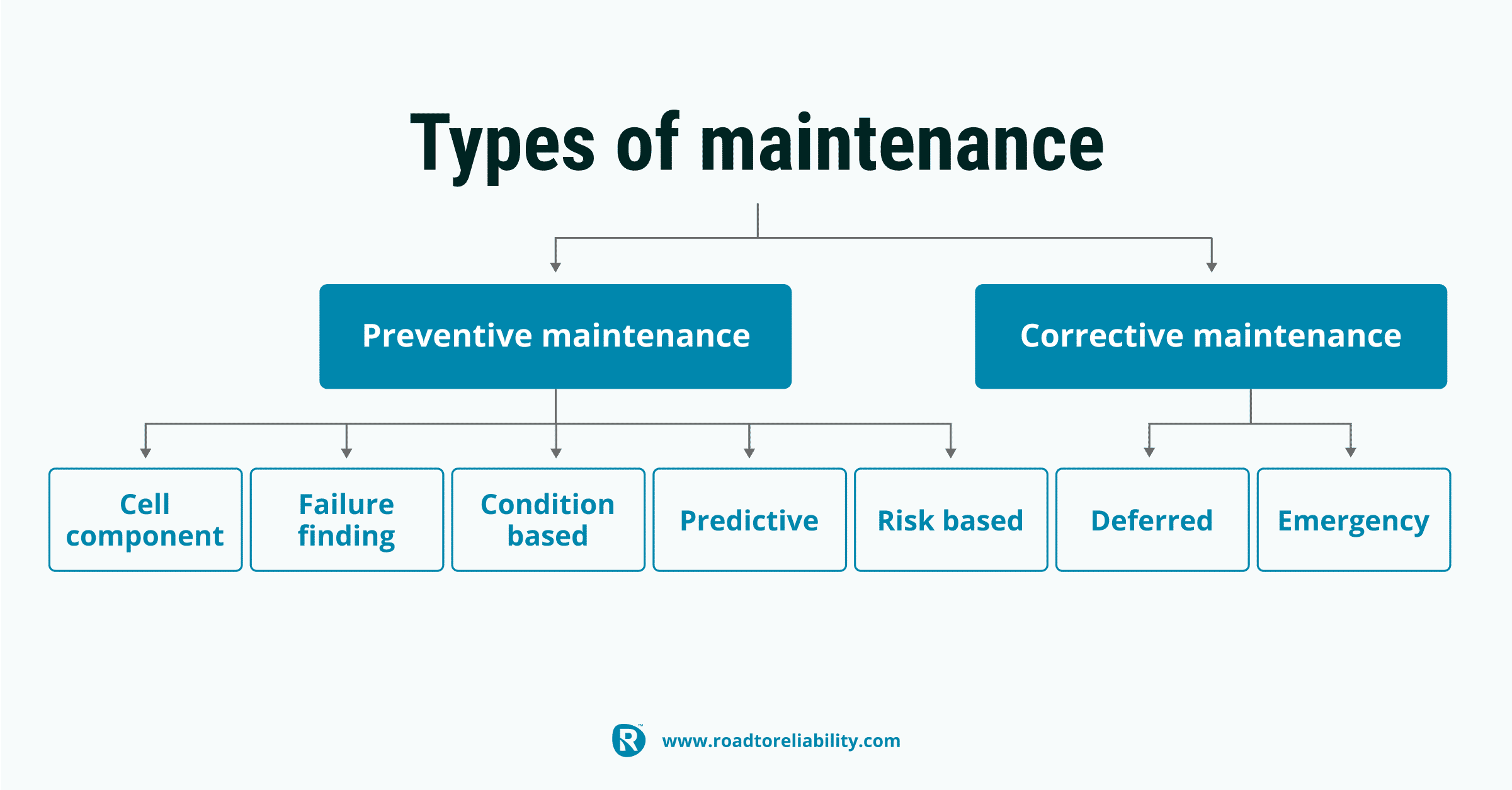Do you know that automotive belts play a vital role in the overall performance of your car? From powering essential components to maintaining engine efficiency, belts are an integral part of any vehicle. This comprehensive guide will delve into the different types of belts, their functions, and provide a thorough maintenance guide to ensure optimal performance and longevity.
Automotive Belts: Essential for Vehicle Functionality
Without functional belts, essential systems within your vehicle would be unable to operate. These belts transmit power and motion between various components, such as the engine, alternator, and power steering pump.
Key Functions of Automotive Belts

Automotive belts serve multiple crucial functions in your vehicle:
- Transferring power from the engine to the alternator to generate electricity
- Driving the water pump to circulate coolant throughout the engine system
- Operating the power steering pump to assist in steering the vehicle
- Powering the air conditioning system to provide comfortable cabin temperatures
Types of Automotive Belts: Variations and Applications
There are several types of belts used in automotive applications, each designed for specific components and functions:
- Serpentine Belts: The most common type, serpentine belts drive multiple accessories with a single belt, eliminating multiple individual belts.
- V-Belts: Also known as wedge belts, V-belts have a V-shaped cross-section and are used to transmit power between pulleys with a greater distance between them.
- Timing Belts: These are critical belts that synchronize the timing of the engine’s camshaft and crankshaft, ensuring precise valve operation.
Automotive Belts: Maintenance Guide for Optimal Performance
Regular maintenance of automotive belts is crucial to prevent unexpected breakdowns and ensure their longevity:
- Inspect belts regularly: Check belts for any signs of wear, fraying, or cracking. A damaged belt can cause sudden failure and leave you stranded.
- Replace belts according to manufacturer’s recommendations: Most belts have a recommended replacement interval. Refer to your vehicle’s owner’s manual for specific guidelines.
- Use high-quality replacement belts: Inferior-quality belts may not meet the demands of your engine and fail prematurely. Stick to reputable brands and specifications.
Advanced Technologies in Automotive Belts: Innovation and Efficiency

Advancements in automotive belt technology have introduced innovative features:
- Poly-V Belts: These belts have multiple ribs to increase contact surface area, reducing belt slippage and increasing torque transmission.
- Automatic Belt Tensioners: These devices maintain optimal belt tension, ensuring efficient power transfer and extending belt life.
Hidden Secrets of Automotive Belts: Uncovering Myths and Misconceptions
There are common misconceptions about automotive belts:
- Myth: All belts are created equal: Not true. Different types of belts are designed for specific applications and can vary in materials and construction.
- Myth: Overtightening belts improves performance: False. Excessive tension can lead to bearing and pulley damage.
Tips for Maintaining Automotive Belts: Ensuring Optimal Performance

Follow these tips to keep your automotive belts in pristine condition:
- Check tension regularly: Use a belt tension gauge or refer to your vehicle’s specifications for proper tension levels.
- Inspect pulleys and idlers: Worn or damaged pulleys can cause excessive belt wear or misalignment.
- Clean belts as needed: Dirt and debris can accumulate on belts, reducing their efficiency and lifespan.
FAQs on Automotive Belts: Answering Your Queries
Here are some frequently asked questions about automotive belts:
- Q: Can I replace a belt myself? It depends on the type of belt and vehicle. Some belts are easy to replace, while others require professional installation.
- Q: How do I know if my belt is loose? If you hear a squealing sound when you start the engine or turn the wheel, it may indicate a loose or slipping belt.
Conclusion of Automotive Belts: Types, Functions, And Maintenance Guide
Automotive belts are vital components that contribute to the smooth operation of your vehicle. By understanding the different types, functions, and maintenance requirements, you can ensure their longevity and prevent costly breakdowns. Regular inspections, proper maintenance, and following manufacturer’s recommendations will keep your belts in optimal condition, ensuring a reliable and efficient performance.
